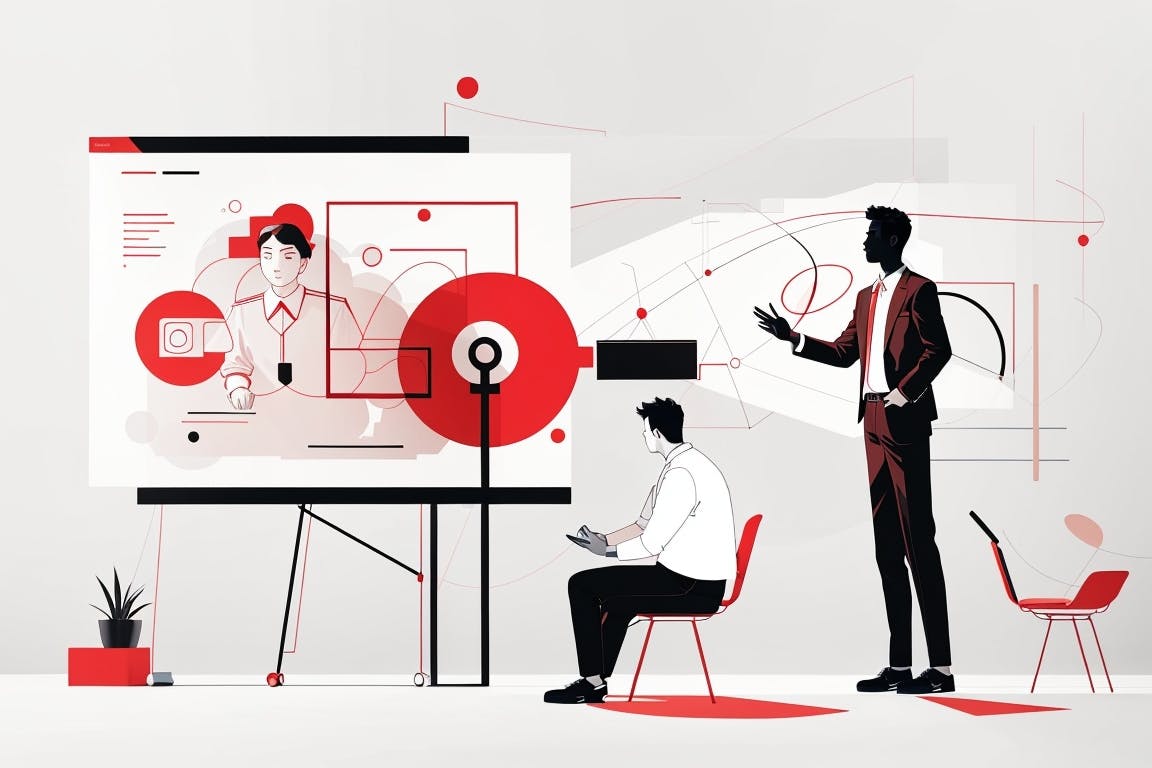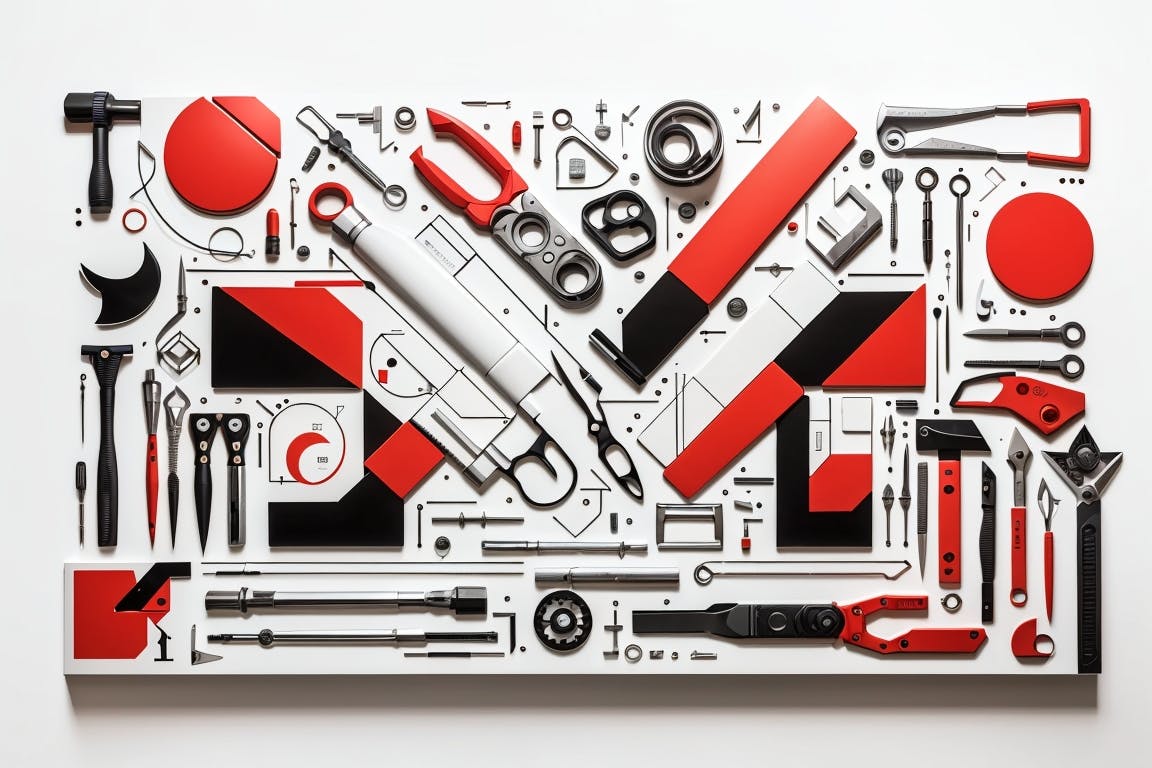Reels, long and short video form and video animations are the prevailing content target audiences prefer to consume nowadays. Visually appealing, entertaining, and informative video animations is the go-to content format of businesses looking to reach out to more people. Animated explainer videos about the company’s products or services are more engaging, not to mention easily shareable.
What is 2D Animation?
2D animation is the use of elements such as backgrounds, characters, and other two-dimensional fundamentals. Traditional animation begins with sketches and drawings. These are the foundation of 2D animation. But with the advancement of technology, animators are now drawing and sketching digitally. When uploaded in an application or software, these sketches become 2D videos.
Uses for 2D animated video
2D animated video is a flexible medium. Because of this, it's been greatly used across different industries for varied purposes. Below are some of the common applications for 2D animated videos:
Marketing and advertising
The marketing industry benefited a lot from animated videos since it is the most cost-effective route for promotion instead of hiring famous actors as brand ambassadors. Although, for transparency’s sake, 2D animation videos are still costly to produce but for understandable reasons.
The process is painstaking since the ideas will undergo pre-production, production, and post-production before an even decent video is produced. The process also includes other steps that are likely to cost money such as writing scripts, conceptualizing art design, adding audio, music, and voice overs, hiring an animator, and of course, purchasing the necessary software licenses. Still, it’s comparably cheaper yet one of the biggest assets in an affordable marketing campaign since the videos effectively convey complex ideas in a visually engaging and entertaining way.
Presentation and product demonstrations
2D animations can add flair and creativity to business presentations, sales pitches, and company introductions. Animated videos are integral in presentations and pitches since they make it easier to present ideas and business strategies to customers, prospective investors, and potential partners. 3D animation studios in Canada also use this type of animation for product demonstrations for businesses to showcase their products or services in action. Through animated product demonstrations, potential clients or investors can better grasp the product's features, benefits, and real-world applications.
Training and Educational Content
Educational institutions, e-learning platforms, and corporate training programs also use 2D animated videos to make learning engaging and interactive. From traditional classrooms to online learning platforms and corporate training programs, 2D animations have become an invaluable tool in making learning engaging, interactive, and effective.
2D animated videos have transformed educational content delivery, making learning more engaging, accessible, and interactive. As technology continues to advance, famous 2d animation studios recognize the role of animation in education and training will likely continue to grow, enriching the learning experiences of students and employees worldwide.
There is an obvious market for 2D animation and seeing this content form is used universally, there are numerous animation companies offering their services making it difficult to narrow down your choices. With that said, it’s important to know about the qualities of a competent animation company to make the search easier.

Artwork generated with prompt workflow by Dré Labre
Trends in 2D Animation: What’s Shaping the Industry in 2024
2D animation remains a cornerstone of visual storytelling across industries, but it’s constantly evolving thanks to advancements in technology, changing consumer preferences, and emerging creative styles. Below are the key trends influencing 2D animation today:
Advanced Animation Software
Modern 2D animation software is making it easier for animators to produce high-quality content efficiently.
Popular tools and features:
- Toon Boom Harmony: Industry-standard for professional 2D animation, offering tools for rigging, compositing, and frame-by-frame animation.
- Adobe Animate: Accessible for beginners and versatile for creating interactive animations for web and mobile.
- Blender (Grease Pencil): Bridging 2D and 3D workflows, allowing animators to create hybrid animations.
- Trend: Automation features like AI-assisted in-betweening (automatically generating frames between two keyframes) are streamlining workflows without compromising quality.
Hybrid Animation Techniques
The blending of 2D and 3D animation techniques is becoming more prevalent, offering a unique aesthetic while leveraging the strengths of both mediums.
Examples:
- Incorporating 3D backgrounds or objects in 2D-animated scenes to add depth and dynamism.
- Using digital tools to emulate the look and feel of traditional hand-drawn animation, appealing to nostalgic audiences.
Impact: This hybrid approach allows for richer visuals while retaining the charm of traditional 2D styles.
Retro and Minimalist Styles
- Retro animation: Styles inspired by the 80s and 90s are seeing a resurgence, tapping into nostalgia-driven marketing.
- Minimalism: Simple, flat designs with bold colors and clean lines are dominating explainer videos and branding campaigns, offering clarity and a modern aesthetic.
- Why it matters: These styles are highly engaging for diverse audiences and reduce production complexity without sacrificing impact.
Customization and Personalization in Animation
Brands are increasingly using personalized animations tailored to specific audiences.
Example applications:
- Custom characters and environments designed to reflect a target demographic.
- Interactive 2D animations for e-learning, where users can engage directly with content.
Trend: The use of data-driven storytelling to create animations that feel uniquely tailored to each viewer.
Growth in Mobile-First Animation
With the rise of mobile platforms like TikTok, Instagram Reels, and YouTube Shorts, animations are being optimized for vertical formats and shorter durations.
Characteristics:
- Quick, snappy animations designed to grab attention within the first few seconds.
- Simplified designs that look good on smaller screens without losing clarity.
Impact: These animations are driving engagement on mobile-dominated platforms, making them a staple in digital marketing strategies.

Increased Use of AI and Automation
Artificial intelligence is transforming 2D animation production.
Applications:
- AI tools like Adobe’s Character Animator allow real-time facial motion capture for 2D characters.
- Automated coloring, in-betweening, and lip-syncing reduce repetitive tasks, allowing animators to focus on creative aspects.
Result: Faster production cycles and increased accessibility for smaller studios or individual creators.
Emphasis on Inclusivity and Representation
2D animation is increasingly reflecting diverse cultures, stories, and characters.
How it’s evolving:
- Animations featuring characters from various backgrounds, ethnicities, and abilities.
- Stories that celebrate unique cultural experiences, often made with input from creators of those cultures.
Why it matters: Representation resonates deeply with audiences, fostering brand loyalty and emotional connections.
Rise of Edutainment Content
Combining education with entertainment, 2D animations are being widely used in both formal and informal learning contexts.
Trends in edutainment:
- Animated explainer videos for STEM concepts.
- Gamified learning animations for apps and e-learning platforms.
Impact: These animations are engaging younger audiences and learners, making complex concepts easier to understand.
2D animation is thriving, driven by technological advancements and shifting creative trends. From hybrid techniques to mobile-first designs and AI-powered workflows, the industry is adapting to meet modern demands. Staying updated with these trends can help businesses and animators create content that is not only visually captivating but also resonates with today’s audiences.
Qualities of a competent 2D animation company
The best animation studios in Canada possess several key qualities that set them apart in the industry.
Creativity and artistic vision
The animation studio that you are thinking of hiring must be capable of crafting engaging and visually appealing animations. They must have their inhouse skilled illustrators, storyboard artists and animators who work together well. The company must also exhibit a strong understanding of storytelling, ensuring that their animations effectively convey messages and captivate audiences.
Technologically advance
An animation company must also be knowledgeable in the latest animation software and technologies. They must be adept in using software and applications to be able to create and deliver high-quality, and seamless animations. They should also prioritize clear communication and client collaboration, actively involving clients in the creative process while meeting project deadlines efficiently.
Experienced
A competent 2D animation studio such as the well-known 3D animation studios in Toronto must also have a strong portfolio showcasing their diverse range of successful projects across various industries, reflecting their expertise and versatility in the field of animation.
At Laetro, we are passionate about unleashing the power of animation to bring your vision to life. Our pool of talented animators is committed to create animation videos to get your message across. We have the expertise to provide first-rate results whether you need explainer films, instructional material, marketing animations, or everything in between.

